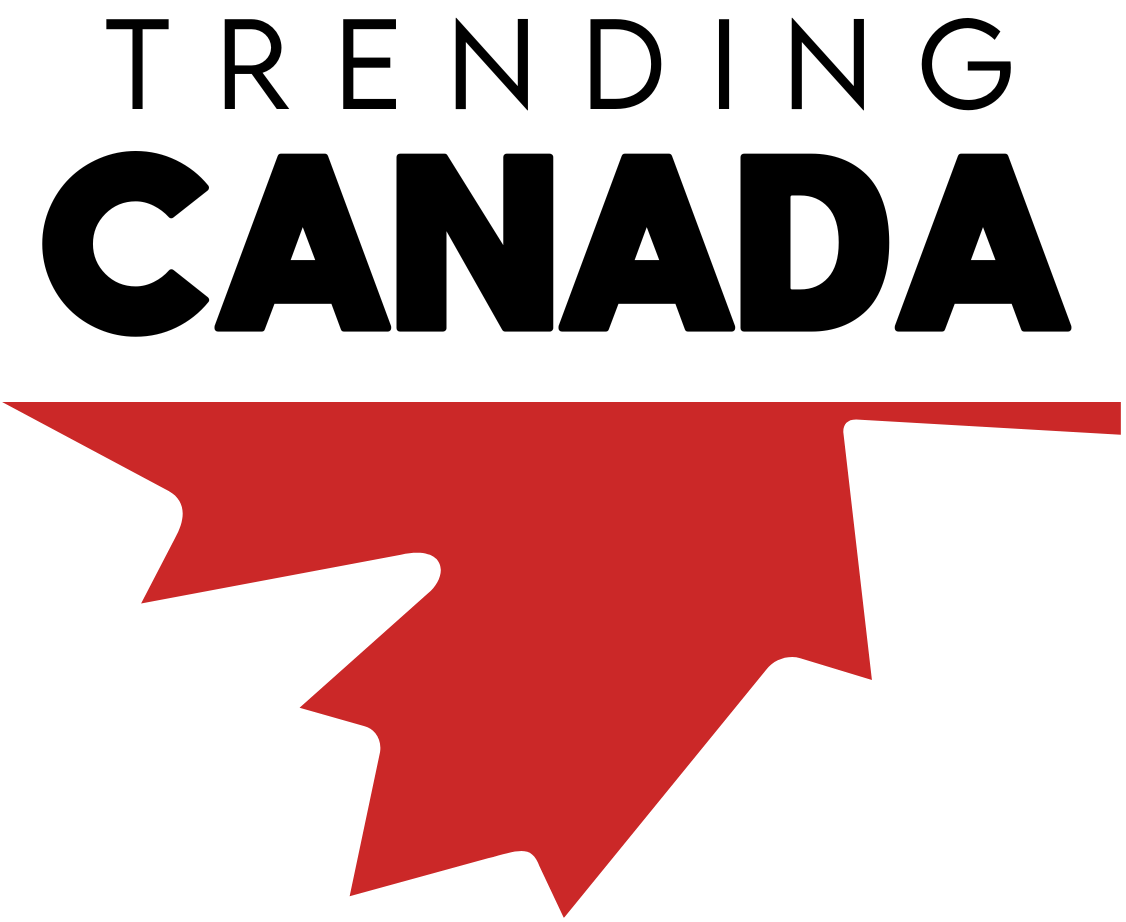When a recipe calls for a tablespoon but you only have a teaspoon or vice-versa precise measurement becomes essential. Miscalculating even small amounts can change flavor, texture, and cooking times. That’s why understanding how many teaspoons in a tablespoon is one of the most important basics of kitchen measurement. Although it seems simple, this conversion becomes confusing when you consider half teaspoons, heaping spoons, liquid vs. dry ingredients, and variations across regions. This complete 2025 guide explains every conversion, gives real examples, shares helpful shortcuts, and includes a ready-to-use chart so you can cook confidently without second-guessing your measurements.
The Basic Conversion: How Many Teaspoons in a Tablespoon?
In standard U.S. measurements, the official conversion is:
1 tablespoon (tbsp) = 3 teaspoons (tsp)
This ratio is consistent across U.S. recipes, measuring spoons, and culinary schools. It is the most important fundamental rule of kitchen conversions.
Why this conversion matters
Even slight measurement differences matter for:
- Baking (precision affects rising, binding, and texture)
- Sauces (too much or too little seasoning shifts flavor balance)
- Marinades (acidity and sweetness ratios change)
- Seasonings (salt and spices become overpowering quickly)
Quick memory trick
Think: “3 teaspoons make 1 tablespoon.”
A simple rule of three easy to recall even mid-recipe.
How Many Teaspoons in a Tablespoon 1/2 ?
Many recipes mention half teaspoons, making conversions trickier. Let’s break it down using the basic conversion.
Since 1 tablespoon = 3 teaspoons, and 1 teaspoon = 2 half teaspoons, we get:
1 tablespoon = 6 half teaspoons (1/2 tsp)
Quick breakdown
- 1 tsp = 2 × 1/2 tsp
- 3 tsp = 6 × 1/2 tsp
- Therefore → 1 tbsp = 6 half teaspoons
This is especially useful when measuring small quantities like spices or baking powder, which often use half teaspoons.
Tablespoon to Teaspoon Conversion Chart (2025 Quick Reference)
| Tablespoons (tbsp) | Teaspoons (tsp) | Half Teaspoons (1/2 tsp) |
| 1 | 3 | 6 |
| 2 | 6 | 12 |
| 3 | 9 | 18 |
| 4 | 12 | 24 |
| 5 | 15 | 30 |
| 6 | 18 | 36 |
| 8 | 24 | 48 |
| 10 | 30 | 60 |
Print or screenshot this chart to keep in your kitchen.
Why Accurate Kitchen Conversions Matter (More Than You Think)
While a teaspoon seems tiny, the difference between 3 teaspoons and 4 teaspoons is a 33% increase, a huge shift in cooking terms.
Common issues from inaccurate conversions
- Too salty or sweet food
- Overly thick sauces
- Flat cakes or dense muffins
- Weak or overly strong seasoning
- Texture problems in doughs and batters
Micro case example
A baker mistakenly used 4 teaspoons of baking powder instead of 1 tablespoon (3 teaspoons) in a muffin recipe.
Result:
- Muffins rose too quickly
- Tops cracked
- Bitter flavor from excess leavening
Small measurements matter.
Understanding U.S., U.K., and Metric Tablespoon Differences (2025 Update)
Here’s where things get tricky. Not all tablespoons worldwide measure the same.
U.S. tablespoon
- 1 tbsp = 14.79 ml
- Rounded to 15 ml for most recipes
- 1 tbsp = 3 tsp
U.K. tablespoon
- Historically 17.7 ml, but many modern recipes use the metric standard
- Confusion arises with older British cookbooks
Australian tablespoon
- 1 tbsp = 20 ml
- This is 33% larger than the U.S. tablespoon
Why this matters
If you follow an Australian recipe but use U.S. measuring spoons:
- Your dish may end up under-seasoned
- Baking chemistry might fail
- Sauces may turn watery or too thick
Always check whether the recipe is U.S., U.K., or Australian.
Dry vs. Liquid Measurements Are They the Same?
Tablespoons and teaspoons measure volume, not weight.
Liquid measurements
- Water, oil, vinegar, lemon juice, milk
- Measuring spoons work accurately
Dry measurements
- Flour, sugar, cocoa powder, spices
- Teaspoons/tablespoons measure volume but NOT weight
Example:
1 tablespoon of flour ≠ 1 tablespoon of cocoa powder in weight
Key tip
When accuracy matters (especially in baking), use:
- Measuring spoons for volume
- Digital scale for weight
A tablespoon of salt weighs far more than a tablespoon of herbs—important when converting between them.
Real-Life Examples: Tablespoon to Teaspoon Conversion Scenarios
Example 1: Seasonings
Recipe calls for: 1 tablespoon soy sauce
You have only teaspoons.
→ Use 3 teaspoons.
Example 2: Baking powder
The recipe needs 1.5 tablespoons.
→ 1.5 × 3 = 4.5 teaspoons
Example 3: Lemon juice
Need 2 tablespoons lemon juice
→ 2 × 3 = 6 teaspoons
Example 4: Spice rub
Require 1 tablespoon paprika, but you prefer using half teaspoons for precision
→ 6 half teaspoons
Example 5: Medicine (sometimes measured in teaspoons)
Dose: 2 teaspoons
To understand in tablespoons:
→ 2 tsp ÷ 3 = 0.67 tbsp (approx.)
How to Convert Teaspoons to Tablespoons (Reverse Conversion)
Sometimes you have too many teaspoons in a recipe and want to simplify the measurement.
Formula
Teaspoons ÷ 3 = Tablespoons
Quick reference
- 3 tsp = 1 tbsp
- 6 tsp = 2 tbsp
- 9 tsp = 3 tbsp
- 12 tsp = 4 tbsp
Hack
Group teaspoons in sets of three to quickly convert.
Conversion Formulas You Can Memorize Easily
Teaspoons → Tablespoons
tbsp = tsp ÷ 3
Tablespoons → Teaspoons
tsp = tbsp × 3
Tablespoons → Half Teaspoons
1 tbsp = 6 half teaspoons
Tablespoons → Cups
16 tbsp = 1 cup
Cups → Tablespoons
1 cup = 16 tablespoons
These formulas help when scaling recipes up or down.
Measuring Without Spoons Useful If You Don’t Have Tools
Sometimes you don’t have measuring spoons available. Here are approximations.
1 Tablespoon (approx.)
- A large soup spoon filled normally
- Half a ping-pong ball in volume
- The size of your thumb (top joint to tip)
1 Teaspoon (approx.)
- The tip of your index finger (first joint)
- A small dining spoon filled lightly
Note
These are rough estimates used only in non-baking situations.
Common Mistakes When Measuring Teaspoons and Tablespoons
Mistake 1: Using a dining spoon instead of measuring spoons
A dining tablespoon is often 2.5–4× larger than a standard tablespoon.
Mistake 2: Eye-balling measurements in baking
Baking requires precision; eyeballing causes inconsistent results.
Mistake 3: Confusing ½ tbsp and ½ tsp
½ tablespoon (1.5 tsp) is much larger than ½ teaspoon.
Mistake 4: Using wet spoons for dry ingredients
This makes ingredients stick and changes the amount added.
Mistake 5: Using Australian recipes with U.S. spoons
Australian tablespoons are 20 ml, not 15 ml.
Professional Tips for More Accurate Kitchen Measurements
Tip 1: Level your spoons
Use a straight edge (knife or spatula) to level off dry ingredients.
Tip 2: Don’t pack ingredients
Unless the recipe says “packed,” keep ingredients loose.
Tip 3: Always measure liquids at eye level
Tilting the spoon changes volume perception.
Tip 4: Use metric when possible
Grams and milliliters reduce confusion in baking.
Tip 5: Keep a conversion chart on your fridge
This saves time and reduces mistakes.
Conversion Table: Tablespoon, Teaspoon, Cups & Milliliters (2025 Edition)
| Measurement | Equivalent |
| 1 tsp | 5 ml |
| 1 tbsp | 15 ml |
| 1 cup | 240 ml (U.S.) |
| 1 tbsp | 3 tsp |
| 4 tbsp | 1/4 cup |
| 8 tbsp | 1/2 cup |
| 16 tbsp | 1 cup |
| 1/2 tbsp | 1.5 tsp |
This chart aligns with standard U.S. kitchen measurements.
Using Tablespoon-to-Teaspoon Conversions in Baking
Baking depends heavily on precision. Consider the following:
Leavening agents
- Too much = bitter taste, cracked surface
- Too little = dense texture
Spices
- Strong spices like cinnamon or cloves can overpower dishes if mismeasured
Flavor enhancers
- Vanilla extract, lemon extract, almond extract accuracy matters
When baking:
- Always use proper spoons
- Level your measurements
- Double-check conversions
Never convert by guessing in baking; the results are unpredictable.
Mini Summary (Quick Conversion Recap)
- 1 tablespoon = 3 teaspoons
- 1 tablespoon = 6 half teaspoons
- U.S., U.K., and Australian tablespoons differ in volume
- Use level measuring spoons for accuracy
- Remember: “3 teaspoons make a tablespoon”
This simple rule helps with every type of recipe.
Conclusion
Understanding how many teaspoons in a tablespoon is essential for cooking confidently and accurately. From baking to seasoning to everyday meal prep, precise conversions help maintain flavor, texture, and consistency. This 2025 guide explains not only the basic conversion: 1 tablespoon equals 3 teaspoons but also half-teaspoon equivalents, metric differences, common conversions, and real-world examples that eliminate guesswork. Whether you’re scaling recipes, substituting ingredients, or working without measuring tools, this guide gives you everything needed to measure right every time. Keep the conversion chart handy, follow the formulas, and your recipes will turn out exactly as intended.
FAQs
1. How many teaspoons in a tablespoon?
There are 3 teaspoons in 1 tablespoon in standard U.S. measurements.
2. How many teaspoons in a tablespoon 1/2 ?
There are 6 half teaspoons in a single tablespoon.
3. How many teaspoons in a tablespoon in the U.K. or Australia?
U.K. (modern) = 15 ml (same as U.S.)
Australia = 20 ml (larger), so the conversion differs.
4. Is 1 tablespoon equal to 15 ml?
Yes, in most countries like the U.S., U.K., and Canada, 1 tbsp = 15 ml.
5. How do I convert teaspoons to tablespoons easily?
Divide teaspoons by 3.
Example: 6 tsp ÷ 3 = 2 tbsp.
6. Can I use a dining spoon instead of a tablespoon?
No. Dining spoons vary widely in size and are not accurate.
7. How many tablespoons are in 1 cup?
There are 16 tablespoons in 1 cup.



